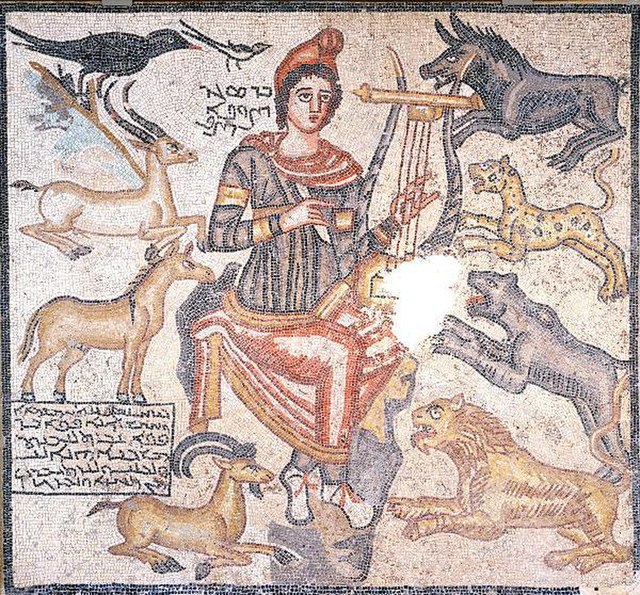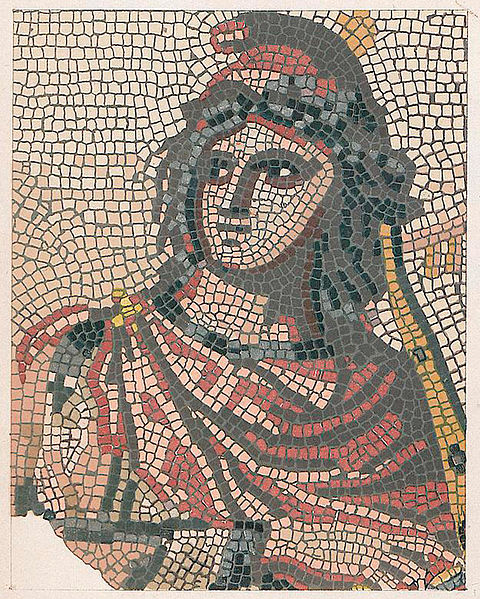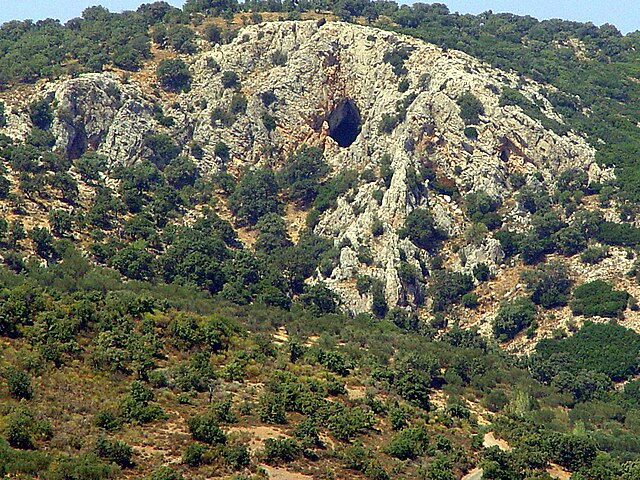Orpheus mosaics are found throughout the Roman Empire, normally in large Roman villas. The scene normally shown is Orpheus playing his lyre, and attracting birds and animals of many species to gather around him. Orpheus was a popular subject in classical art, and was also used in Early Christian art as a symbol for Christ.
From near Edessa, AD 194, now returned to Turkey from Dallas.
The Littlecote mosaic
Detail from Zaragoza Fragment of the Mosaic of Orpheus, belongs to the "Casa de Orfeo", which was located next to the Roman walls near the central market in Caesaraugusta.
2nd-century example from Miletus, now in the Pergamon Museum, Berlin. Venatio scene near, compartmented Orpheus scene far.
In Greek mythology, Orpheus was a Thracian bard, legendary musician and prophet. He was also a renowned poet and, according to the legend, travelled with Jason and the Argonauts in search of the Golden Fleece, and even descended into the underworld of Hades, to recover his lost wife Eurydice.
Roman Orpheus mosaic, a very common subject. He wears a Phrygian cap and is surrounded by the animals charmed by lyre-playing
Orpheus mosaic at Dominican Museum, Rottweil, Germany, 2nd c. AD
Cave of Orpheus's oracle in Antissa, Lesbos
Orpheus with the lyre and surrounded by beasts (Byzantine & Christian Museum, Athens)








